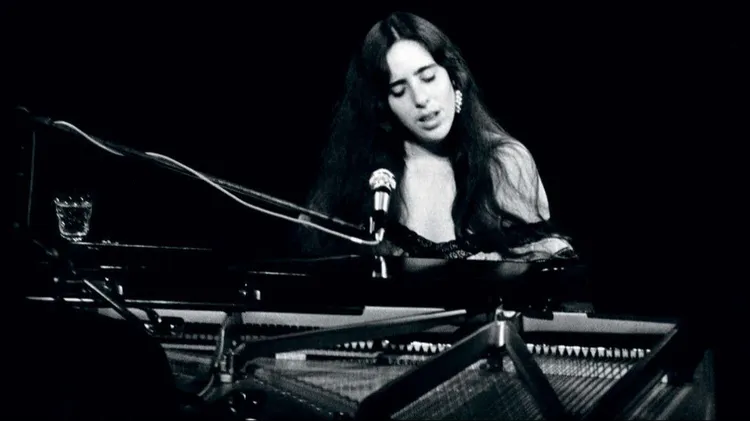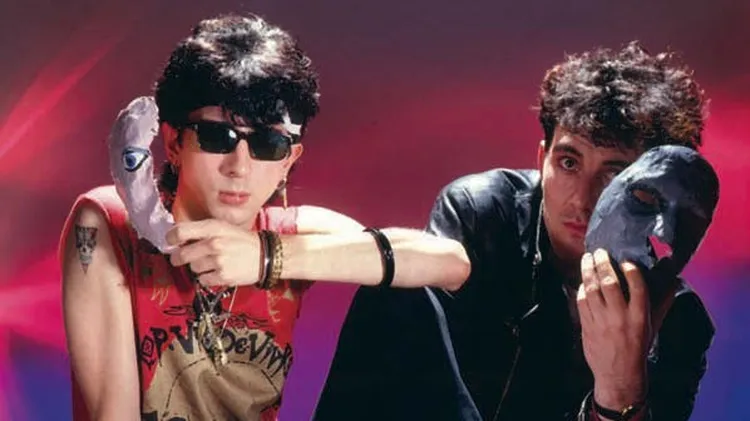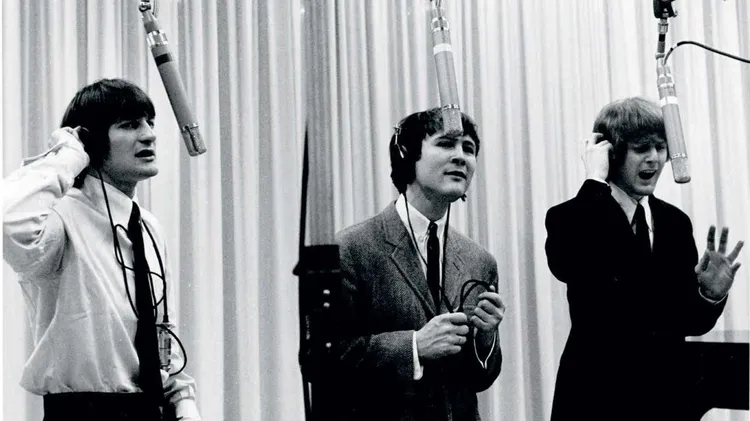Paul Young ushered in the sound t
“ there’s a streak in me that hates being categorised”
17 min read
This article is from...
Read this article and 8000+ more magazines and newspapers on Readly






